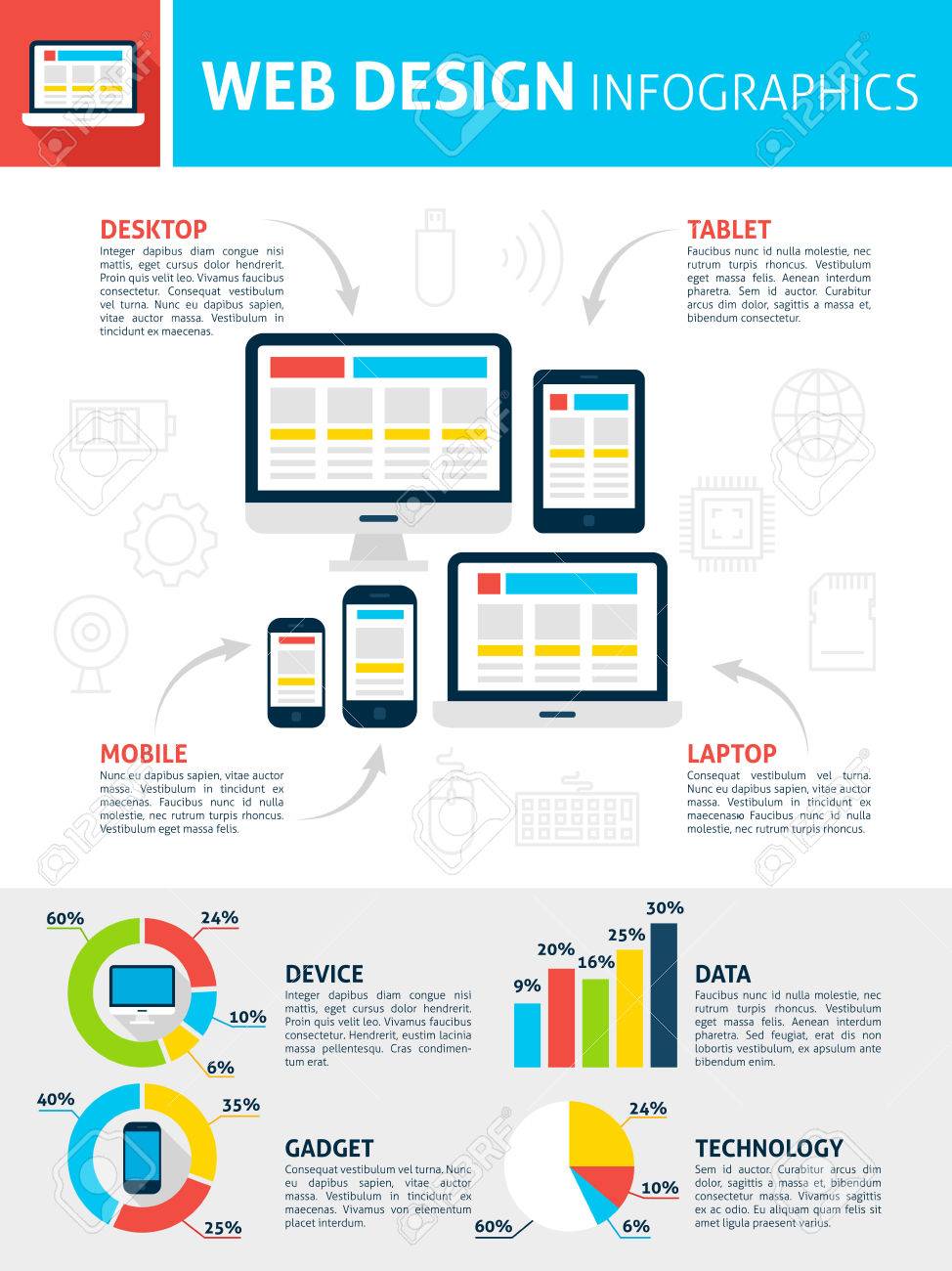The Growth Of Site Layout: From Earlier Times To Now
The Growth Of Site Layout: From Earlier Times To Now
Blog Article
Write-Up Developed By-Johnsen Hyldgaard
In the past, websites were basic and concentrated on details. Navigating was direct, and layout was for desktop computers. Now, individual experience is key. Data guides layouts for simple navigating. Receptive layouts match different gadgets. Today, dark mode decreases pressure, and minimal menus improve navigating. Interactive functions engage customers, and bold visuals stand apart. AI assimilation boosts engagement. See exactly how layout has actually progressed to enhance your online journey.
Very Early Days of Web Design
In the early days of web design, simplicity reigned supreme. Web sites were standard, with restricted shades, typefaces, and formats. The emphasis got on supplying information as opposed to showy visuals. Users accessed the net through slow dial-up links, so rate and performance were key.
Navigation food selections were straightforward, generally situated on top or side of the page. Internet sites were developed for desktop, as mobile surfing wasn't yet prevalent. Web content was king, and developers prioritized simple readability over intricate style elements.
HTML was the key coding language utilized, and designers needed to function within its restrictions. Animations and interactive features were minimal contrasted to today's requirements. Web sites were static, with little vibrant web content or individualized individual experiences.
Surge of User-Focused Design
With the evolution of website layout, a shift in the direction of user-focused design concepts has become significantly popular. Today, creating web sites that prioritize individual experience is vital for engaging visitors and accomplishing company goals. User-focused layout involves comprehending the requirements, preferences, and behaviors of your target market to tailor the internet site's format, content, and includes as necessary.
Designers now perform detailed research study, such as individual studies and usability screening, to collect understandings and feedback directly from users. This data-driven strategy helps in creating intuitive navigation, clear calls-to-action, and visually attractive interfaces that resonate with visitors. By placing the user at the center of the design procedure, sites can supply a much more customized and delightful experience.
Responsive layout has also become a key element of user-focused style, ensuring that internet sites are optimized for numerous devices and screen dimensions. This versatility improves accessibility and use, satisfying the varied means individuals connect with internet sites today. Basically, the increase of user-focused layout signifies a change towards producing digital experiences that focus on the needs and expectations of the end customer.
Modern Trends in Web Design
Explore the current trends forming web design today. One noticeable pattern is dark mode style, using a sleek and modern-day appearance while lowering eye strain in low-light environments. Another vital pattern is minimal navigation, simplifying menus and boosting user experience by focusing on essential elements. Integrating micro-interactions, such as computer animated switches or scrolling effects, can create a much more appealing and interactive web site. Responsive style continues to be critical, making certain smooth user experiences across numerous tools. Additionally, utilizing strong typography and unbalanced formats can include aesthetic interest and accentuate certain material.
Incorporating AI modern technology, like chatbots for consumer assistance or personalized recommendations, enhances user engagement and simplifies processes. https://www.google.com/maps/place/Moon+and+Owl+Marketing/@32.9757271,-106.5344695,1840583m/data=!3m1!1e3!4m6!3m5!1s0x864ddeaa4179705b:0x488d41d2cc6b9750!8m2!3d32.9757271!4d-97.5696258!16s%2Fg%2F11b6mpccrg?entry=ttu&g_ep=EgoyMDI1MDIxMS4wIKXMDSoJLDEwMjExNDUzSAFQAw%3D%3D has likewise come to be a significant fad, with developers focusing on comprehensive layout practices to deal with varied individual requirements. Welcoming sustainability by optimizing internet site efficiency for rate and performance is one more arising pattern in website design. Working together with user comments and information analytics to iterate and improve style continually is vital for staying relevant in the ever-evolving digital landscape. By accepting these modern-day patterns, you can produce an aesthetically attractive, straightforward site that reverberates with your target market.
please click the next website
As you review the evolution of website design from the early days to now, you can see exactly how user-focused style has actually come to be the driving force behind modern-day patterns.
Welcome the trip of change and adjustment in web design, constantly keeping the user experience at the forefront.
Keep existing with the most up to date trends and innovations, and never stop advancing your method to produce aesthetically magnificent and straightforward websites.
Progress, adjust, and develop - the future of web design remains in your hands.
